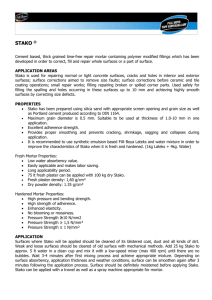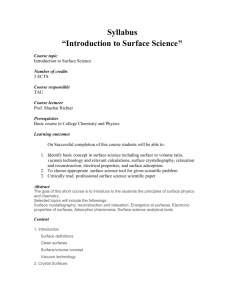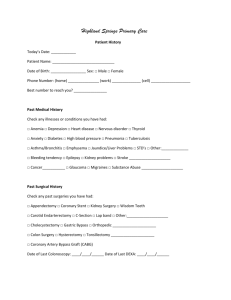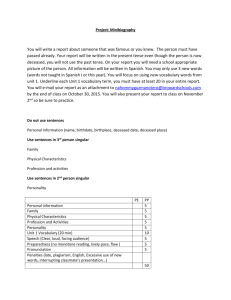Potty Mouth
advertisement
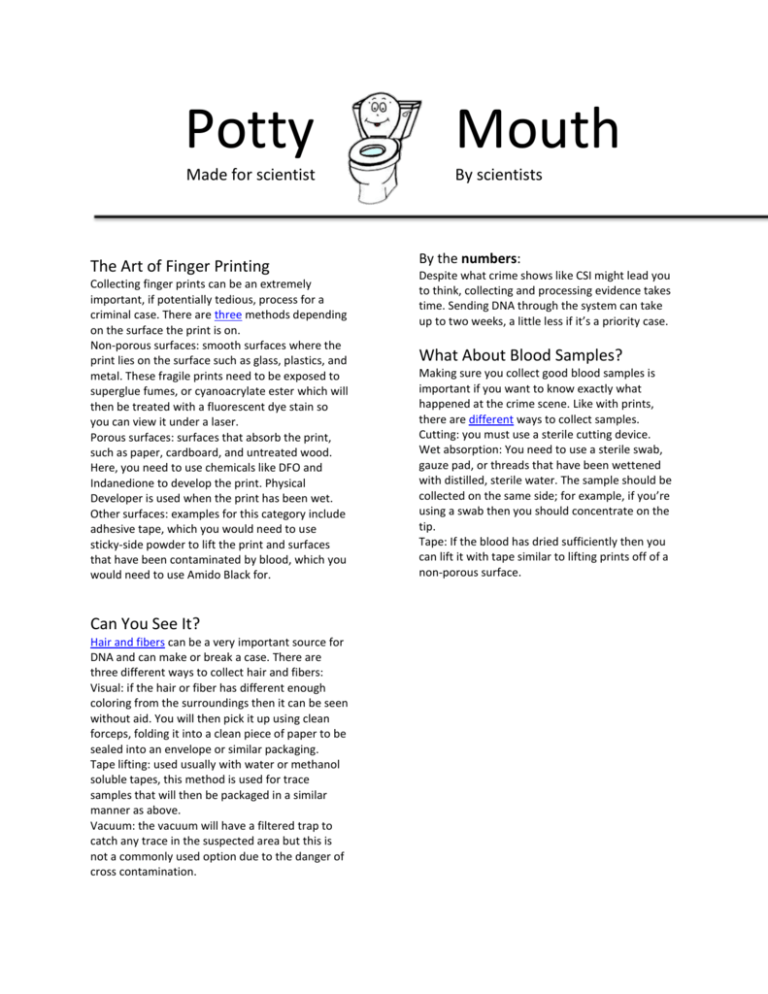
Potty Mouth Made for scientist By scientists The Art of Finger Printing Collecting finger prints can be an extremely important, if potentially tedious, process for a criminal case. There are three methods depending on the surface the print is on. Non-porous surfaces: smooth surfaces where the print lies on the surface such as glass, plastics, and metal. These fragile prints need to be exposed to superglue fumes, or cyanoacrylate ester which will then be treated with a fluorescent dye stain so you can view it under a laser. Porous surfaces: surfaces that absorb the print, such as paper, cardboard, and untreated wood. Here, you need to use chemicals like DFO and Indanedione to develop the print. Physical Developer is used when the print has been wet. Other surfaces: examples for this category include adhesive tape, which you would need to use sticky-side powder to lift the print and surfaces that have been contaminated by blood, which you would need to use Amido Black for. Can You See It? Hair and fibers can be a very important source for DNA and can make or break a case. There are three different ways to collect hair and fibers: Visual: if the hair or fiber has different enough coloring from the surroundings then it can be seen without aid. You will then pick it up using clean forceps, folding it into a clean piece of paper to be sealed into an envelope or similar packaging. Tape lifting: used usually with water or methanol soluble tapes, this method is used for trace samples that will then be packaged in a similar manner as above. Vacuum: the vacuum will have a filtered trap to catch any trace in the suspected area but this is not a commonly used option due to the danger of cross contamination. By the numbers: Despite what crime shows like CSI might lead you to think, collecting and processing evidence takes time. Sending DNA through the system can take up to two weeks, a little less if it’s a priority case. What About Blood Samples? Making sure you collect good blood samples is important if you want to know exactly what happened at the crime scene. Like with prints, there are different ways to collect samples. Cutting: you must use a sterile cutting device. Wet absorption: You need to use a sterile swab, gauze pad, or threads that have been wettened with distilled, sterile water. The sample should be collected on the same side; for example, if you’re using a swab then you should concentrate on the tip. Tape: If the blood has dried sufficiently then you can lift it with tape similar to lifting prints off of a non-porous surface. So What is “Time of Death”? There are three different categories for time of death. The physiological time of death is when the body’s organs stopped functioning; this can actually be several minutes after the deceased stopped breathing. The estimated time of death is the best guess at when the deceased died based on the information provided by the crime scene. The legal time of death is when the deceased was found or pronounced dead by someone else and is usually the time found on a death certificate. Watch Where You Step! Footprints can be important evidence in a criminal case as they can be used to help determine sex, size, and weight of the person. They are first photographed and measured and you might take a plaster cast of it. These cast molds are made by segregating the print or similar indentation using a small frame and pouring a mixture of plaster of Paris or dental cement into the frame. Snow is especially helpful for tracking and collecting footprints. How Do You Determine Time of Death? Again, there are a few ways to determine time of death. One method is figuring out the temperature of the body using the formula “37.5oC - 1.5oC”, which is the body temperature minus the amount of heat lost per hour after death. The body will continue losing heat until it reaches the temperature of the surrounding environment, or the ambient temperature. The most realistic reading is taken from the liver since it provides a core temperature. Another method is Rigor Mortis, the natural contraction and relaxation of our body’s muscles after we die caused by chemical changes in our bodies. Rigor usually starts approximately two hours after death and will last for about twenty to thirty hours, working its way down from the smaller facial muscles to the larger muscles in the lower body. Finally, Forensic Entomology can be used; by determining at what point the insects are in their life cycle and figuring out how many there are will give you a time table for when the deceased died.

